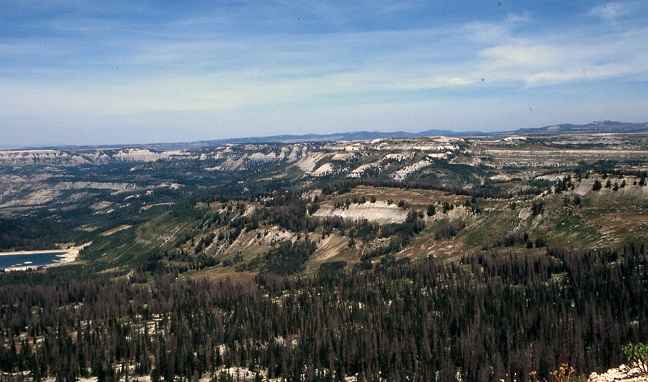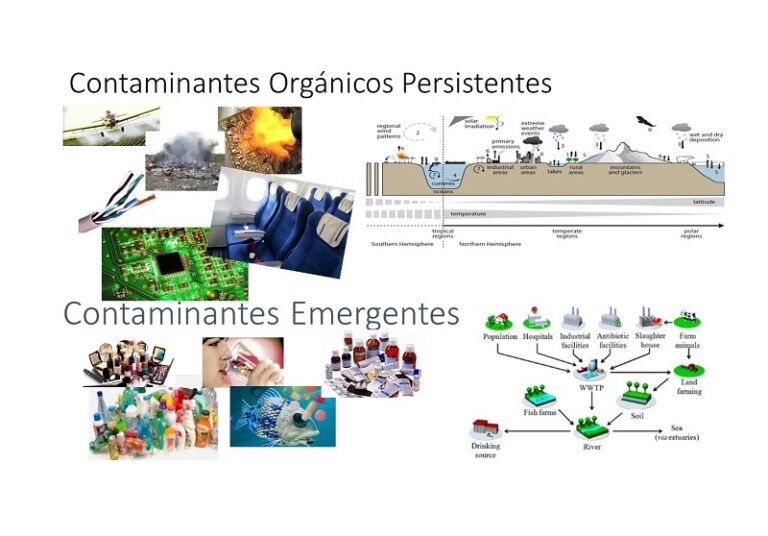Carbonates in Provenance Studies
El miércoles 8 de octubre, Elizabeth H. Gierlowski-Kordesch de la Universidad de Ohio, Estados Unidos, brindará una charla sobre "Carbonates in Provenance Studies". La misma será a partir de las 11.00 hs. en la Sala Latinoamericana del CCT Mendoza.

Provenance studies have used Sr isotopes (87Sr/86Sr) of silicate source rocks as a link to their eroded basinal equivalents. This technique, however, cannot identify the proportional inputs from different watersheds or define more precisely sedimentation events due to tectonic or climatic change. Erosion of carbonate rocks dominates the Sr input within basin drainage and potentially can be used through Sr isotopic ratios to reconstruct paleohydrology of the entire basin and trace watershed inputs and depositional patterns in continental basins.
The Sr isotopic ratios from waters of the source area, allowing for the mixing of shallow groundwater and surface water along the transport path, are homogenized in the basinal carbonate sediments. Mineralogy and diagenesis of carbonate rocks generally do not affect the Sr isotopic signal in a near-surface system lacking external influence by volcanism, eolian dust, or deep geothermal waters. The 87Sr/86Sr signals from the source area are directly comparable to those in the receiving continental basin.The Sr isotopic signal of the Paleocene– Eocene Flagstaff Formation (central Utah), a carbonate lake deposit in a foreland basin, is compared to that of projected source waters draining its thrust front, the Sevier fold-thrust belt. Freshwater carbonates compose a large portion of the lowermost Ferron Mountain and uppermost Musinia PeakMembers of the formation, whereas gypsum and carbonates predominate in the middle Cove Mountain Member. Previous research had attributed gypsum deposition to the deposition of the middle Cove Mountain Member to either climatic change or unroofing of diapirs of Jurassic gypsiferous carbonates. To examine more closely the influenceof climate versus tectonics on Flagstaff sedimentation as well as the efficacy of provenance studies using carbonates, rock samples from the three members of the formation on the Wasatch Plateau of central Utah in addition to sampling stream water associated with Pennsylvanian– Permian and Jurassic carbonate terrains from the nearby thrust front were collected. The 87Sr/86Sr signals in carbonates and gyprock belonging to the Flagstaff Formation remained unchanged during deposition, the average Sr isotope composition of the Flagstaff rocks being identical to that of sampled waters draining the projected provenance area. There was little change in source rock weathering as the thrust front evolved.
Deposition of gypsum occurred in the basinal lake only during the deposition of the middle Cove Mountain Member, despite its constant exposure in the drainage area, suggesting a changing balance of tectonic and climatic controls during lake sedimentation. The Sr isotopic studies targeting carbonate rocks and their presumed source waters are a simple but accurate method for reconstructing the paleohydrology of lake basins.



